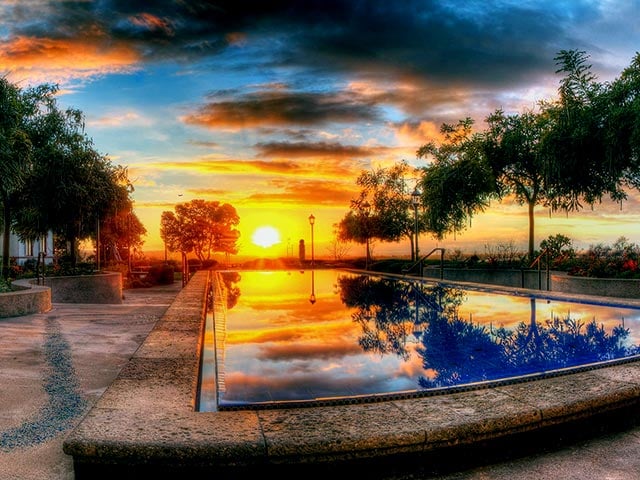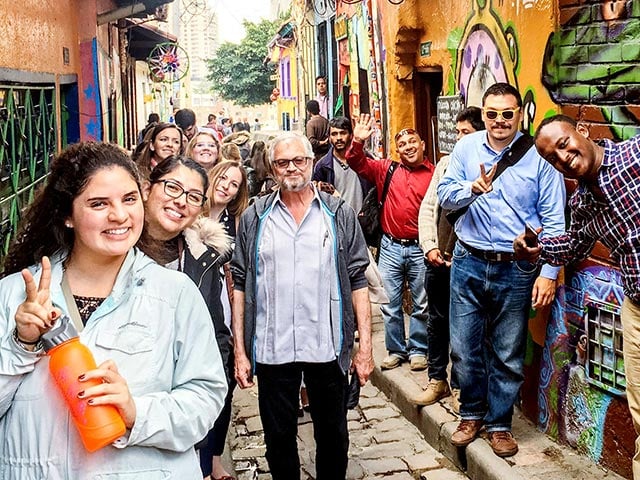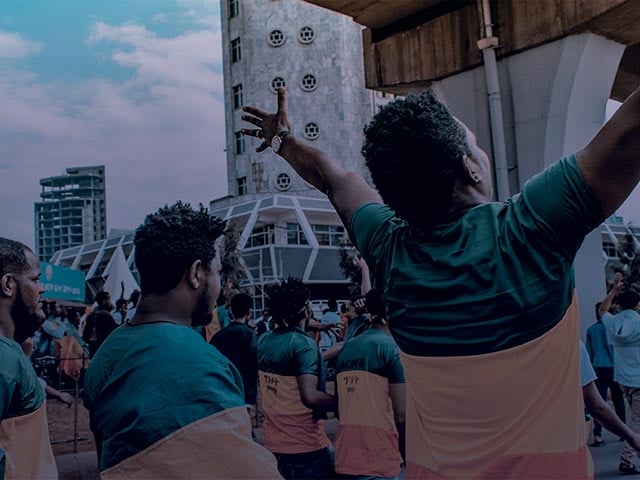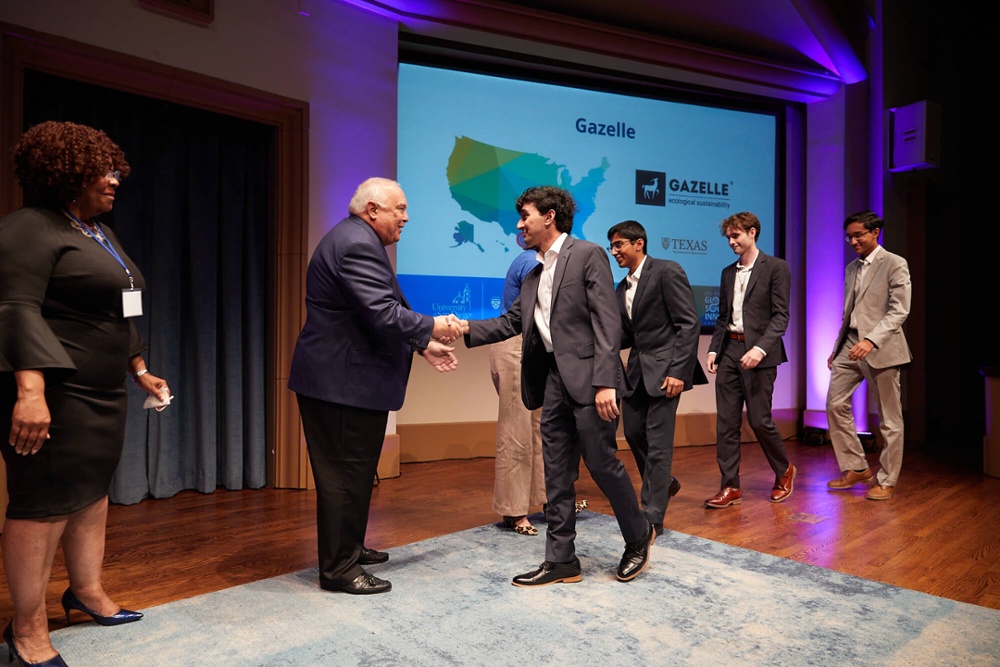Might Never Makes Right: Violence Begets Violence, Not Peace
begin quot
Less than a week into the new year the world was yet again facing the prospect of intensified violence in the Middle East. President Trump’s decision to assassinate General Qassim Suleimani set off a rapid-fire volley of threats and counter-threats. Military personnel were re-positioned and Iran announced a retreat from commitments carefully negotiated as part of the 2015 nuclear deal.
In the past two decades civilians across the Middle East have borne the consequence of the U.S. invasion of Afghanistan, the U.S. invasion of Iraq, the Syrian civil war, the ongoing conflict in Yemen, hot and cold conflict between Israel and Palestine and more. While some of these contexts are described as civil war, they are anything but. They all involve external actors, states playing out proxy battles through the deaths, displacement and maiming of innocent lives.
And while we are all right to train our eyes attentively on what is unfolding between the U.S. and Iran, we must not forget other threats to peace and security.
Violence takes place every day in cities and rural areas not at war; indeed these areas constitute the locations where the vast majority of people are killed. Central America is the most dangerous place to live according to the UN Office on Drugs and Crime. One million Brazilians have been murdered since the start of the 21st century. Meanwhile, if you are a woman the most dangerous place to be may be your home, with 137 women killed every day by an intimate partner or family member in 2018. Globally over 70 million people are displaced, representing roughly 1% of the world’s population.
Violence inspires fear, reducing people’s visions of what is possible through cooperation and inspiring retreats into nationalism and self-righteous assertions of superiority vis-à-vis “others.” The presence of autocratic regimes is growing, with nearly one-third of the world’s population living in countries that are on a path towards autocracy. Today there are more than 70 border walls separating nations; there were fewer than ten when the Berlin Wall fell. Violence serves as a strong undertow, drawing everything in its wake, inspiring even more violent reactions in turn.
In the aftermath of World War-II the international community established the United Nations. Its Charter sets a mandate to maintain peace and security and to prevent new threats. It also explicitly articulates responsibility to foster cooperation and “friendly relations” among nations. It has aided on both fronts. Yet the system is under strain. And not just the UN, but also NATO, the EU, the World Trade Organization and others. While imperfect, these systems are essential; our globally complex world requires globally complex systems of engagement.
Our international systems have deliberately aimed to shift us away from a place of strong-man rule – where autocratic rulers articulate the preservation of peace as a zero-sum calculation. Not only do the types of unilateral military action taken earlier this month in Baghdad not work, the Trump Administration’s defense seems only to have analyzed the strike from one side, not appreciating its broader implications. The invasion of Iraq in 2003 was similarly myopic; over half-a-million Iraqi civilians have died as a result of the ensuing conflict. This type of zero-sum action makes one group negligent in the face of another group’s suffering.
The same is true across all forms of violence. Unilateral action taken through show of force is never the right answer. Thankfully, across all types of violence mentioned above – in the home, in communities, across entire countries – systems of international cooperation have established reserves of evidence and created opportunities for collaboration. Now is the time to engage that evidence, to embrace cooperation and the spirit of freedom from fear. Freedom from fear as a right for all, not a privilege of the few.
War and violence are not inevitable, just as peace is not inevitable. Both are states of being that are created, allowed, made possible by individuals, but more importantly by societies. As we move more fully into this next decade we must actively decide that we reject violence, that we are willing to make the investments in realizing peace – in our homes, in our cities, in our towns, in our country and in the world. We can withstand the undertow, but only if we avail ourselves of the knowledge of how to swim safely to shore.

About the Author
The Joan B. Kroc School of Peace Studies (Kroc School) at the University of San Diego is the global hub for peacebuilding and social innovation. Founded in 2007, the Kroc School equips the next generation of innovative changemakers to shape more peaceful and just societies. We offer master's degrees in peace and justice, social innovation, humanitarian action, conflict management and resolution, and a dual degree in peace and law — programs that have attracted diverse and dynamic students from more than 50 countries. In addition to our graduate programs, the Kroc School is home to the Kroc Institute for Peace and Justice (Kroc IPJ). Founded in 2001, the Institute supports positive change beyond the classroom. Through groundbreaking research, experiential learning, and forward-thinking programs, the Kroc School and Kroc IPJ are shaping a future in which peaceful co-existence is the new normal.





